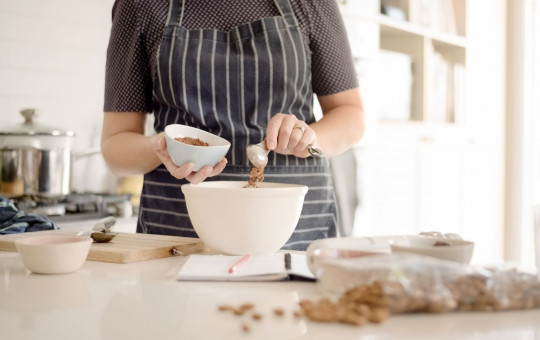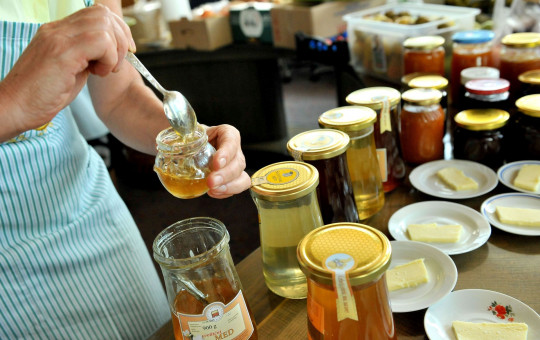A small green hedgehog pricks your hand and then a little brown man peeks out of it. We find the answer to the riddle of who the little brown man is if we sniff the air while strolling through town. The luscious aroma of roasted chestnuts spreads throughout all the large Slovenian towns and heralds that autumn has arrived. Yes, we will have to wear warmer clothes, use an umbrella more frequently and get used to the fact that the days are getting shorter.
Forests look magnificent in their diverse colours. The leaves on trees first become yellow, then red and finally brown as the trees are preparing for winter. Nature spoils us for the last time with an abundance of fruit. Chestnuts can be collected in all Slovenian forests in moderate quantities, with the exception of forests whose owners have decided to purposely grow chestnuts.
Observe forest etiquette, show respect for the environment and only collect fruit that will be consumed and used.
Do not exceed the legally permitted quantity of two kilograms of chestnuts a day.
Horse chestnut
There are two chestnut varieties in Slovenia, which surprisingly are not related. Sweet chestnut is collected for consumption and is a real treat on autumn days, while the other variety is horse chestnut, which is not edible. Our grandmothers knew well that horse chestnut keeps the moths away in wardrobes. Nowadays, it is also collected for making medicinal preparations and is one of the frequently used medicinal plants. Horse chestnut creams are used to alleviate the pain of varicose veins, swellings and tired legs. Its most important compound is aescin, which inhibits oedema development and has vascular-tightening effects. With some effort, the cream can be made at home.
Sweet chestnut
Sweet chestnut, which gives us so much pleasure in autumn, is a rich source of vitamins such as vitamin C, folate, vitamin B6, thiamine and minerals like manganese, copper and potassium. It contains large quantities of carbohydrates, dietary fibre and essential fatty acids, and has many health benefits. Among others, it boosts the immune system and regulates blood sugar. It has a positive effect on digestion and can even improve concentration and memory.
Sweet chestnut can be cooked or roasted. Due to its high starch content, flour can be made from it and used for pastries, cake or bread. It can also be consumed as a purée to which you can add, for example, dried fruit or crushed dark chocolate.
The Chestnut Festival
Sweet chestnut grows across Slovenia with the exception of Koroška, and it is not surprising that chestnut festivals are celebrated everywhere. Every autumn, the chestnut is celebrated in regions where it is particularly abundant. Locals gather at events organised in October and invite guests to join in their celebrations. The events vary from place to place and may include entertainment, sports, and a cultural programme. In Rodik, a chestnut queen and king are chosen.
Various homemade chestnut pastries and different dishes made from chestnut are served at the largest festivals.
Housewives compete with each other to prepare the most delicious chestnut dish, while roasted chestnuts tend to be a male domain.
Roasted pituralka pears with chestnut cream
A chestnut festival is also organised annually in Vitovlje, a small settlement in the Goriška region. They gave us their recipe for roasted pituralka pears with chestnut cream.
Small round pears with long stems, which are not very good raw, develop a unique honey flavour through cooking or roasting. The pears are roasted and served with chestnut cream.
Chestnut cream:
¼ l of whipping cream,
10 dkg of sugar with vanilla,
22 dkg of chestnut.
Mash the cooked chestnut. Whip the cream and add sugar mixed with vanilla sugar. Add whipped and sweetened cream to the mashed chestnut and mix carefully.
Date: 8. October 2020
Time to read: 3 min













